Palace of Culture
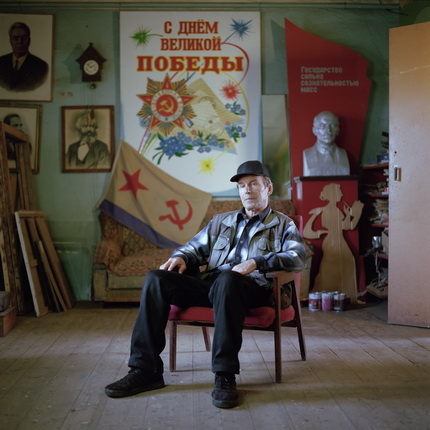
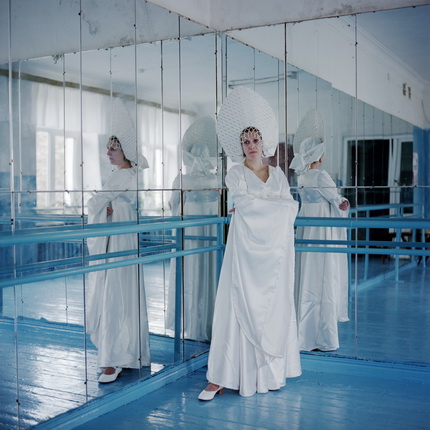

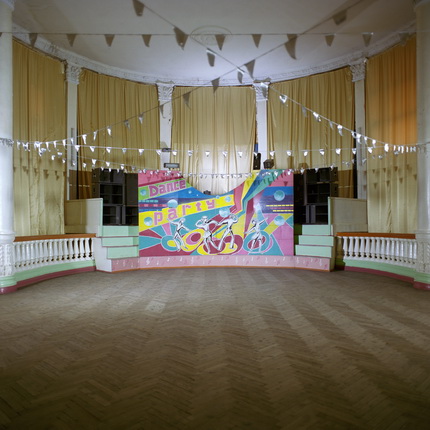
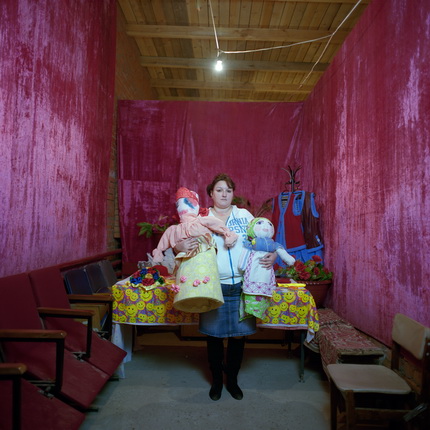
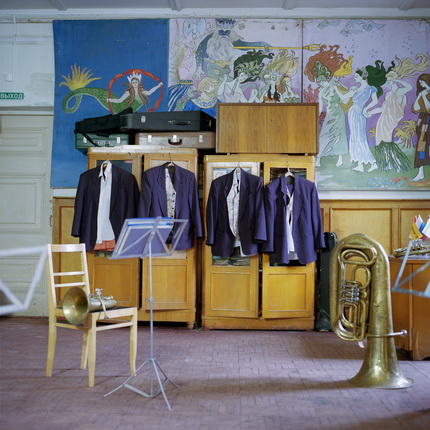

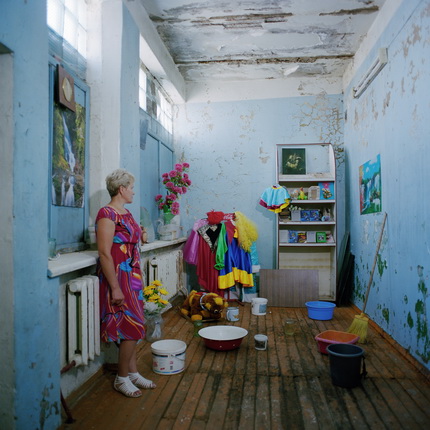
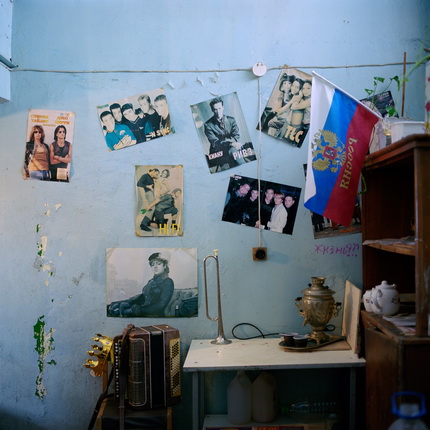

Dmitry Lukianov. From the ‘Palace of Culture’ series. 2013
Dmitry Lukianov. From the ‘Palace of Culture’ series. 2013
Dmitry Lukianov. From the ‘Palace of Culture’ series. 2013
Dmitry Lukianov. From the ‘Palace of Culture’ series. 2013
Dmitry Lukianov. From the ‘Palace of Culture’ series. 2013
Dmitry Lukianov. From the ‘Palace of Culture’ series. 2013
Dmitry Lukianov. From the ‘Palace of Culture’ series. 2013
Dmitry Lukianov. From the ‘Palace of Culture’ series. 2013
Dmitry Lukianov. From the ‘Palace of Culture’ series. 2013
Dmitry Lukianov. From the ‘Palace of Culture’ series. 2013
Moscow, 25.03.2014—4.05.2014
exhibition is over
Zourab Tsereteli Gallery of Fine-Arts
19, Prechistenka street (
opening hours: 12:00 - 20:00, Friday 12:00 - 22:00, Sunday 12:00 - 19:00, day off - Monday.
Tel: + 7 (495) 637-25-69
Share with friends
Curator: Nina Levitina
Project presented by A. Rodchenko Moscow School of Photography and Multimedia
For the press
Dmitry Lukianov, a young photographer from the Rodchenko School, devoted one of his first shoots to wrestling. As he photographed muscular bodybuilders in terrifying luchador costumes it was hard to ignore a striking contrast with the fight venue — Moscow’s Avangard Dvorets Kultury (DK: Palace of Culture). Interest in this alogism was the starting point for a new photo project, ‘Palace of Culture’.
Visits to DKs in the areas surrounding Moscow prompted a realisation that this alogism is entirely natural, and has been the norm for some time. After ceasing to act as conveyor of state ideology, the DKs were largely deprived of financial support from the authorities. Hence such profitable ventures as fairs trading furs or semi-precious stones and the leasing of available space often become their most important ‘cultural’ feature. Traditional ‘elements’ of the DK, on the contrary, usually provoke sympathy. With an air of tragic resignation a dance instructor models the stage costume she made herself. A projectionist stands proud and tall among stacked, unwanted reels of film. An orchestra leader strikes a formal pose against a backdrop of mildew-covered walls.
The photographer composes his shot with geometric precision (no surprise here — Dmitry is a physics and mathematics graduate). On one hand this creates a strictly rectilinear visual narrative. However, the faultless coloristic integrity of the picture gives an unexpected contrast between the less than positive realities of the DK and their ‘decorative’ representation. The material world also ‘yields’ to this device. True enough, in an unreal space nature morte paradoxically springs to life. This is particularly evident in the image with instruments and music stands. In the background stage suits ready for the next performance completely replace the actual performers (indeed, the orchestra meets only occasionally).
We can probably find the reason for this dismal state of affairs in the substitution of a very sensible idea first advanced in 1923 to spread culture nationwide, for ‘objectives of prime importance’. Above all workers’ clubs (the original name for Houses and Palaces of Culture) were the setting for mass propaganda of the new system, where amateur artistic pursuits were assigned an exclusively agit-prop role and designed to entirely replace the institution of organised religion. Gradually these different ‘layers’ peeled away. The ‘atheist’s corner’ vanished from workers’ clubs around 1930. At the same time many of the clubs were renamed DK, stressing their strictly cultural purpose. The natural conclusion might be that after 1991, with the shedding of the last ‘layer’ — the compulsory communist theme of their repertoire, the DK would be especially attractive to the public.
But this was not so. Remembering the egalitarian system of ‘service’ in which the individual is of secondary importance, parents were more inclined to choose a private studio both for themselves and their children, also taking into consideration ‘economic’ guarantees of the desired result. Another reason for the urban clubs’ lack of popularity lay in the obvious shift of emphasis from the ‘spiritual’ to ‘material’. Reflection on leisure-time occupations is customarily reduced to earning additional money or to passive recreation involving the minimum intellectual and maximum material outlay: shopping, sitting in bars or ‘creative evenings’ spent on the internet.
The latter option calls to mind that one prototype of the DK was a concept suggested in 1919, for the creation of a ‘People’s Temple for Socialisation’. When such socialisation was no longer coerced, Houses of Culture proved helpless when faced by the increasing atomisation of contemporary society (the internet should be seen as one catalyser of this process). Today the vaults of shopping and recreation centres that artificially combine diverse elements in our society form the ‘ceiling’ of our social space, replacing painted panels on the theme of our joint construction of communism,.
Although the architectural decoration of the DK still bravely resists the capitalist tide of time, after a series of metamorphoses the actual idea of universal cultivation ultimately found its utopian character and is now being steadily reduced to ruins. Clearly in the hope that, like all ruins, it will acquire honorary status as an object of ‘cultural heritage’.
Irina Kochergina








